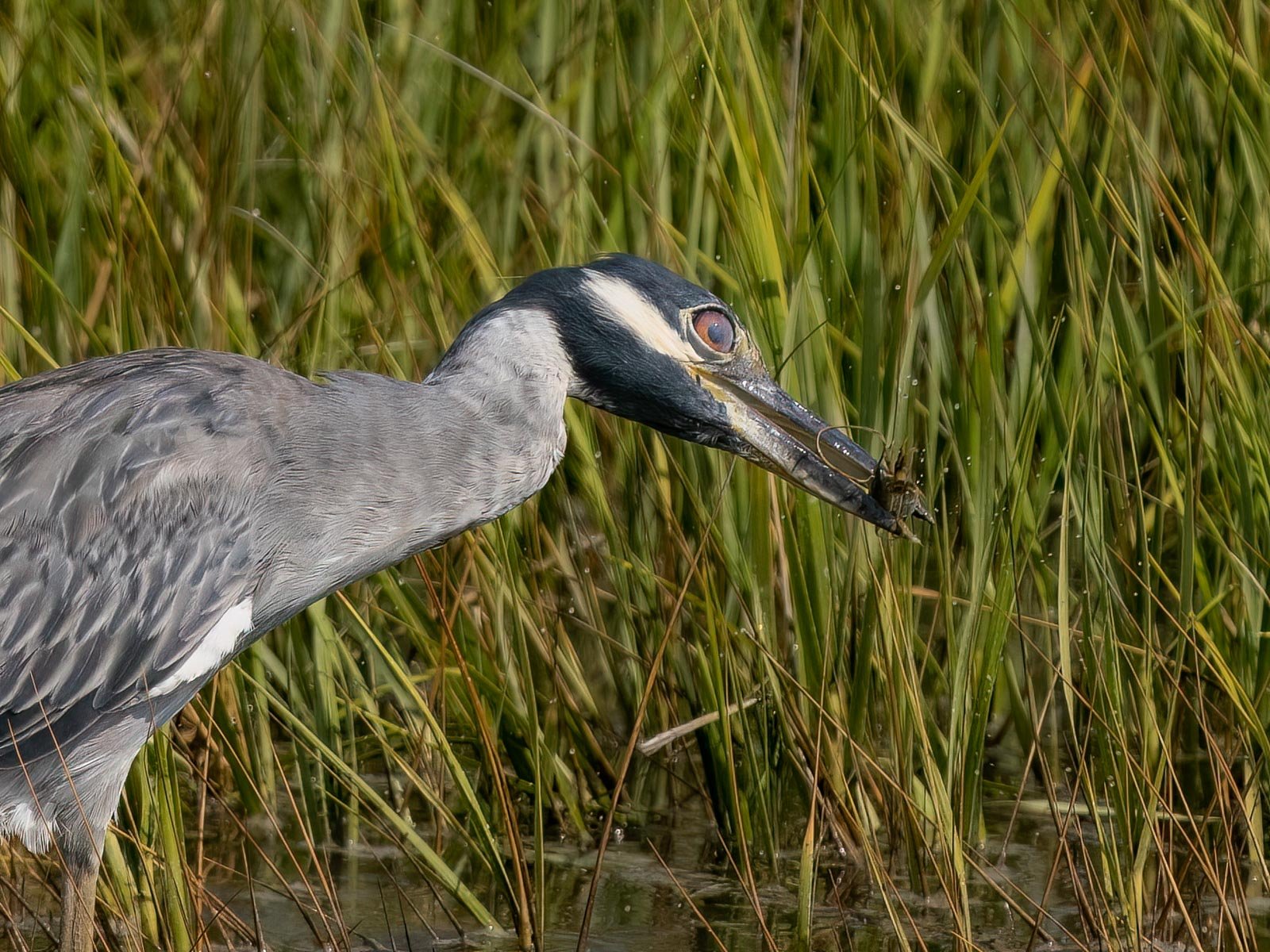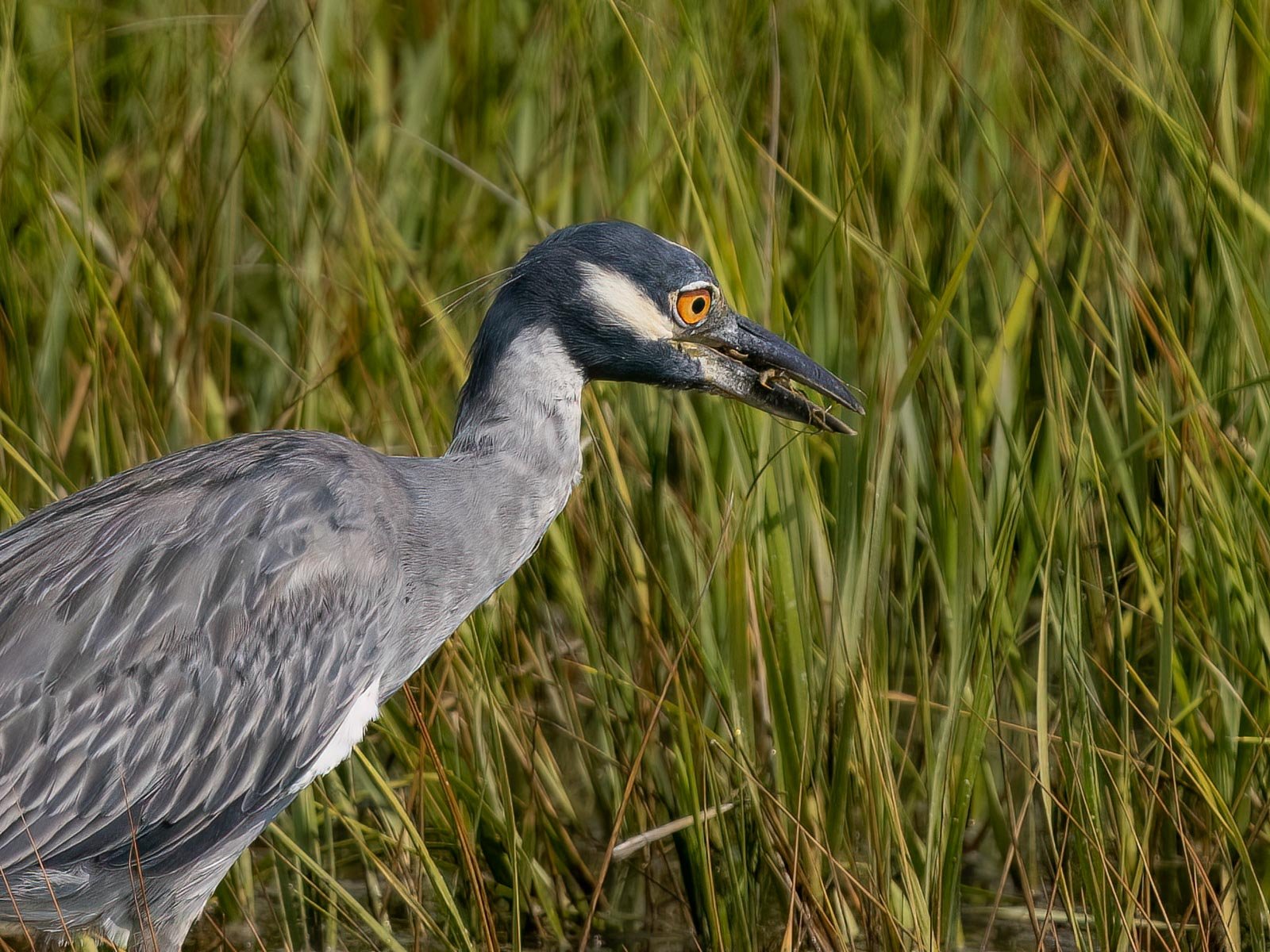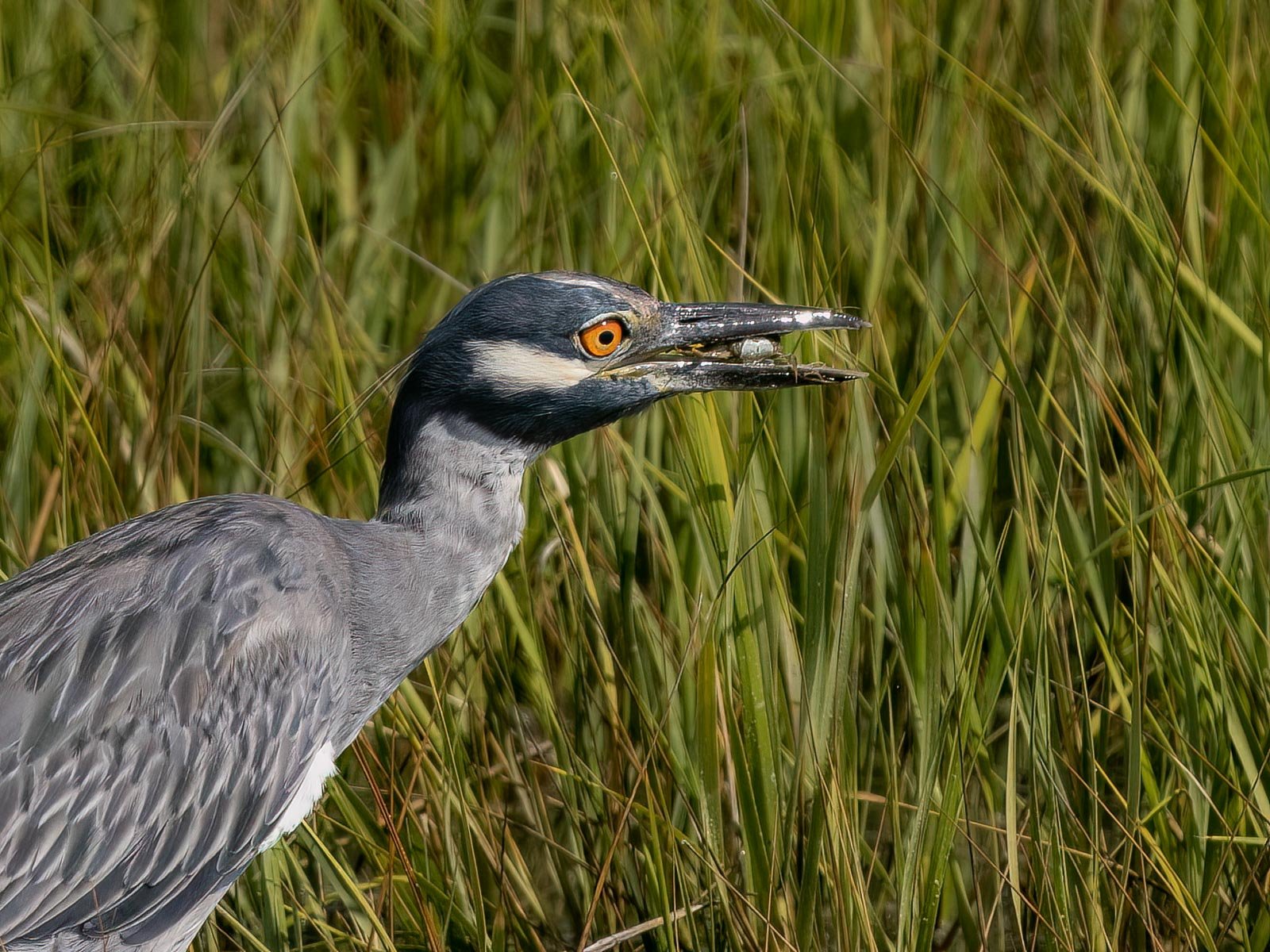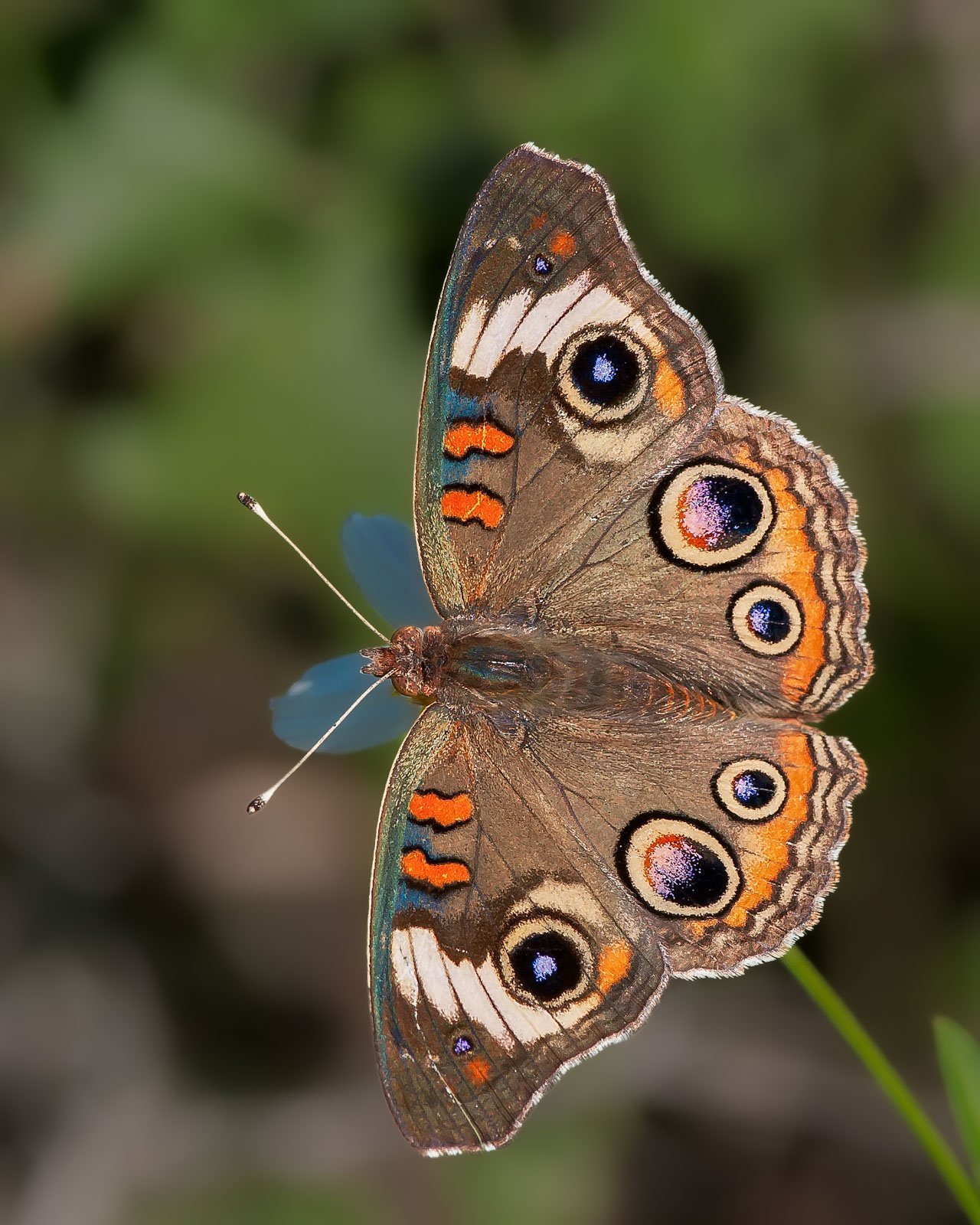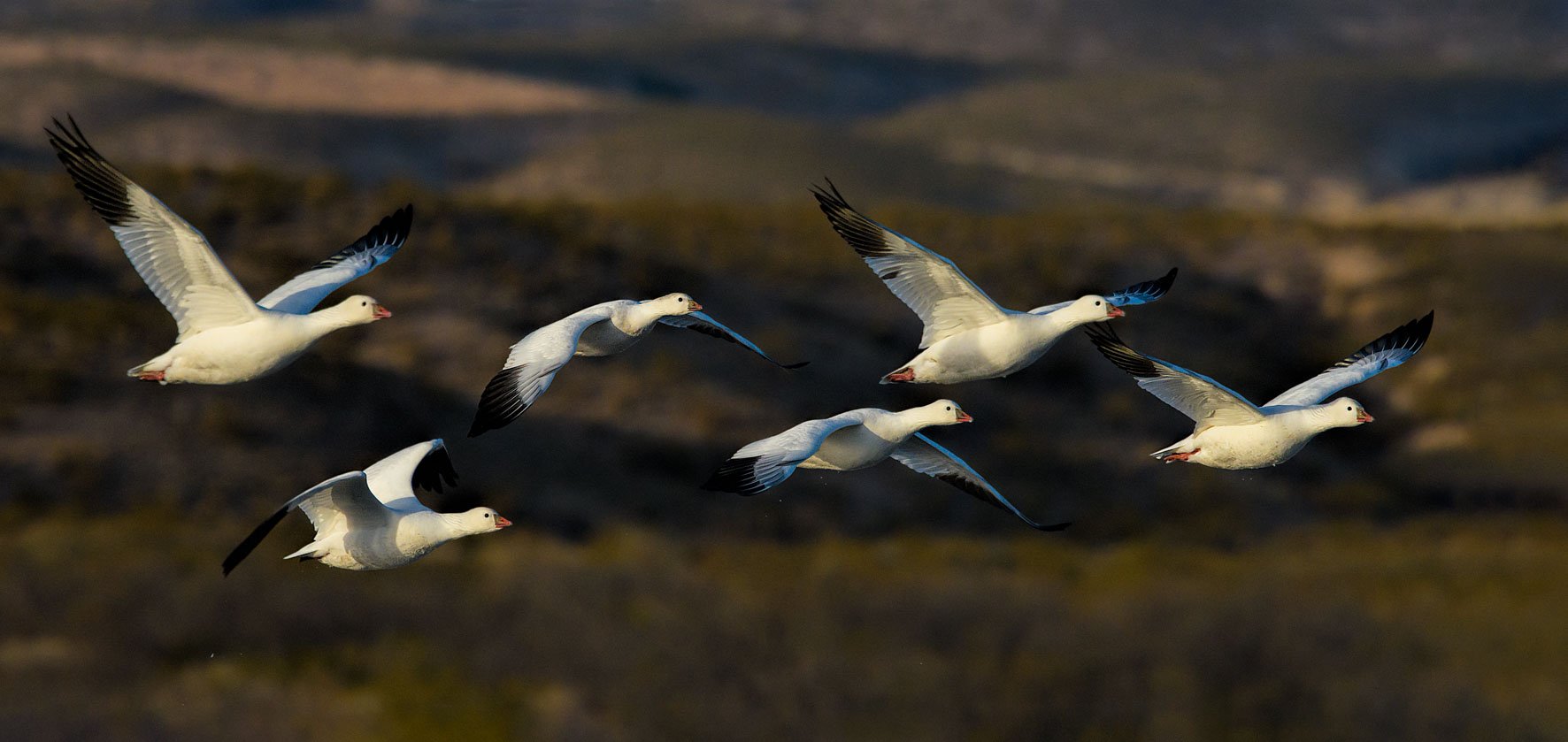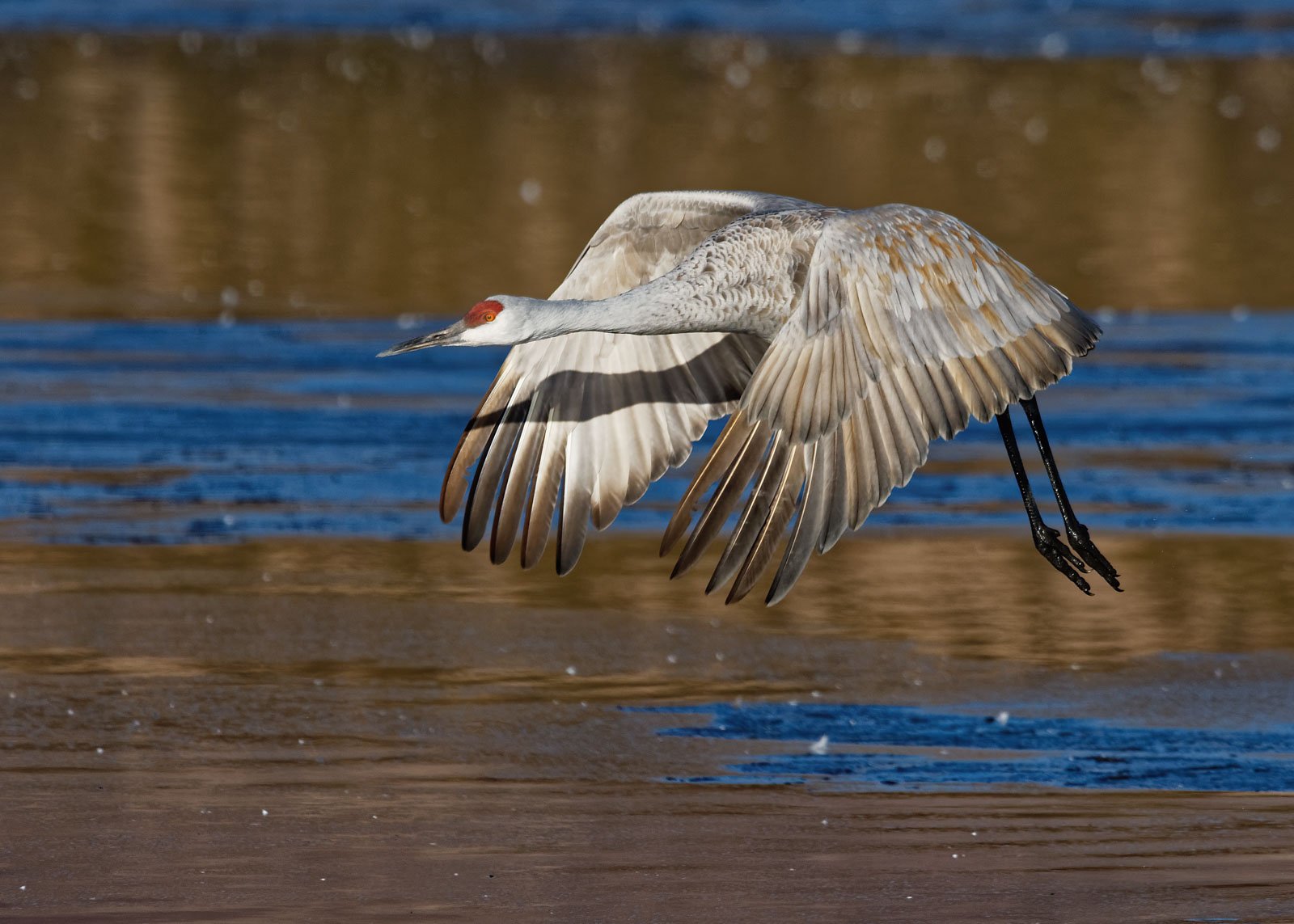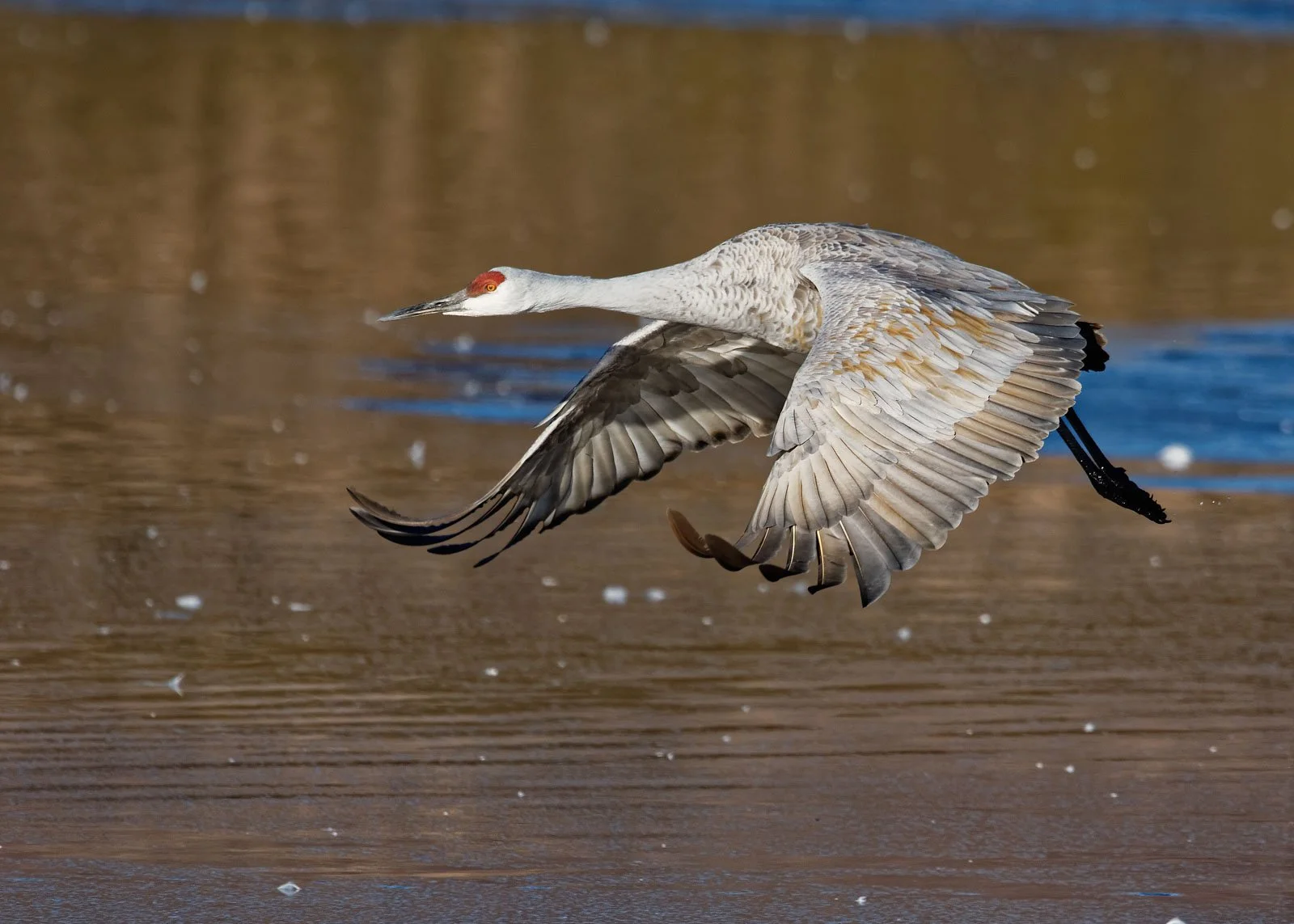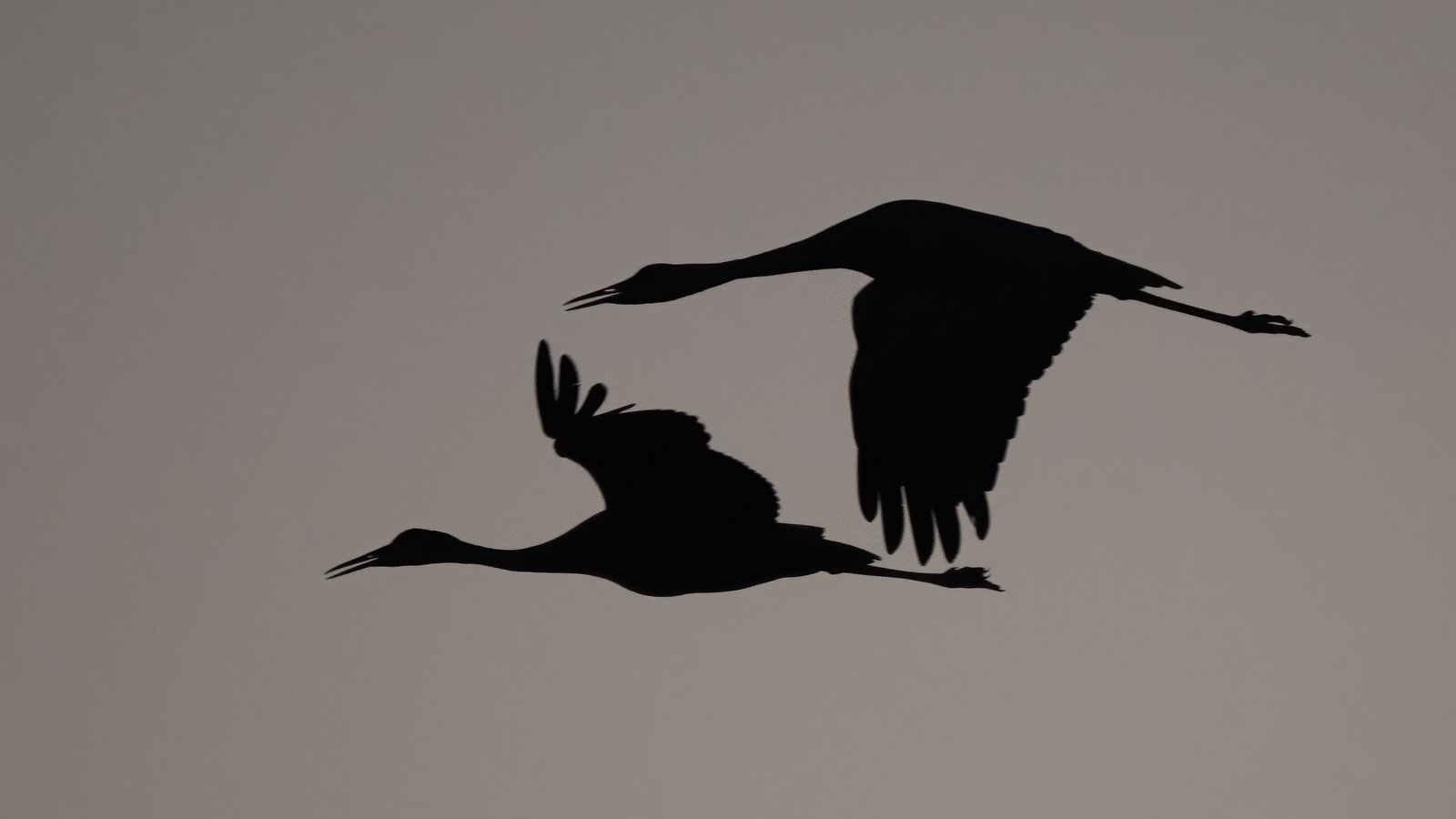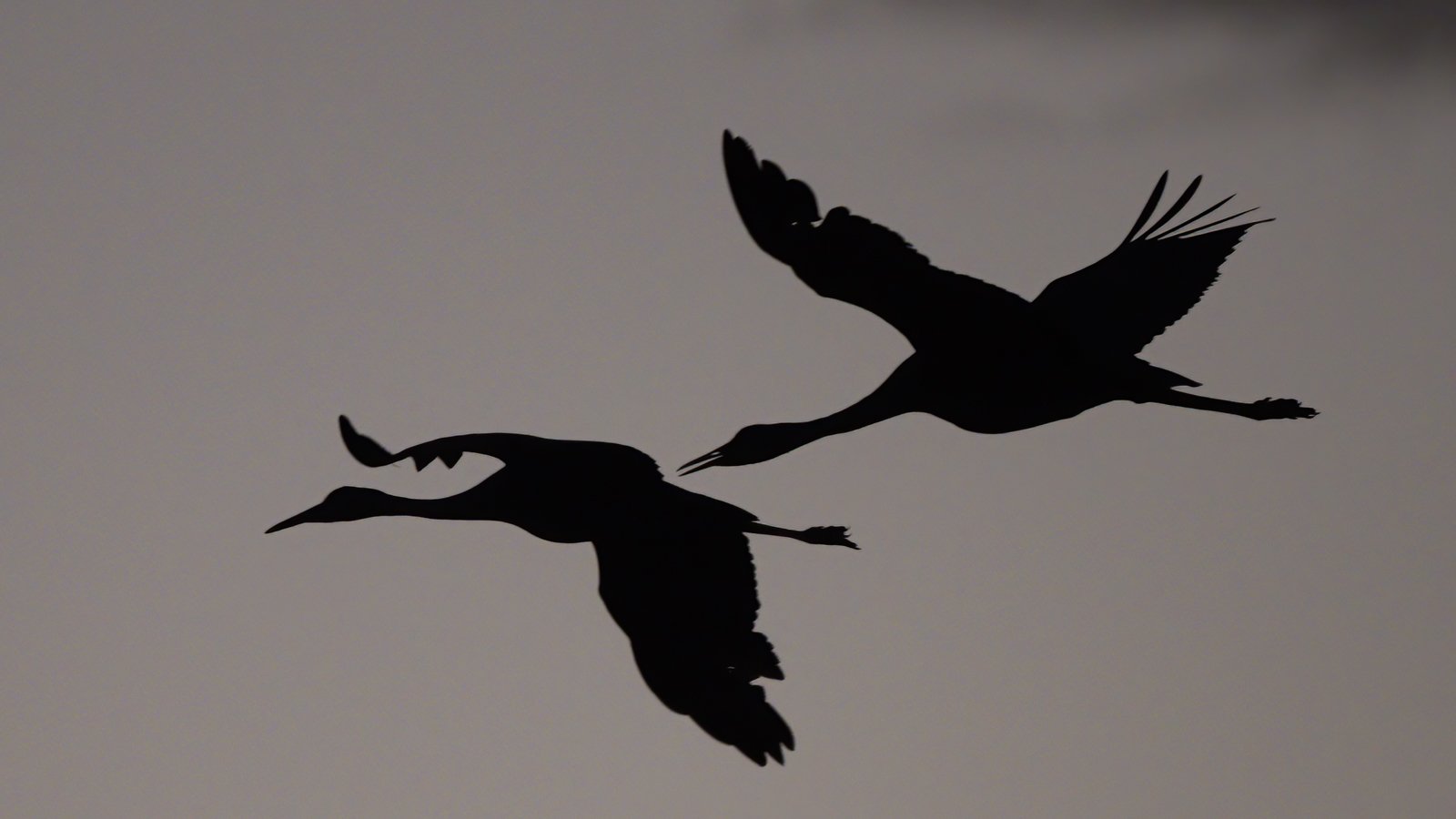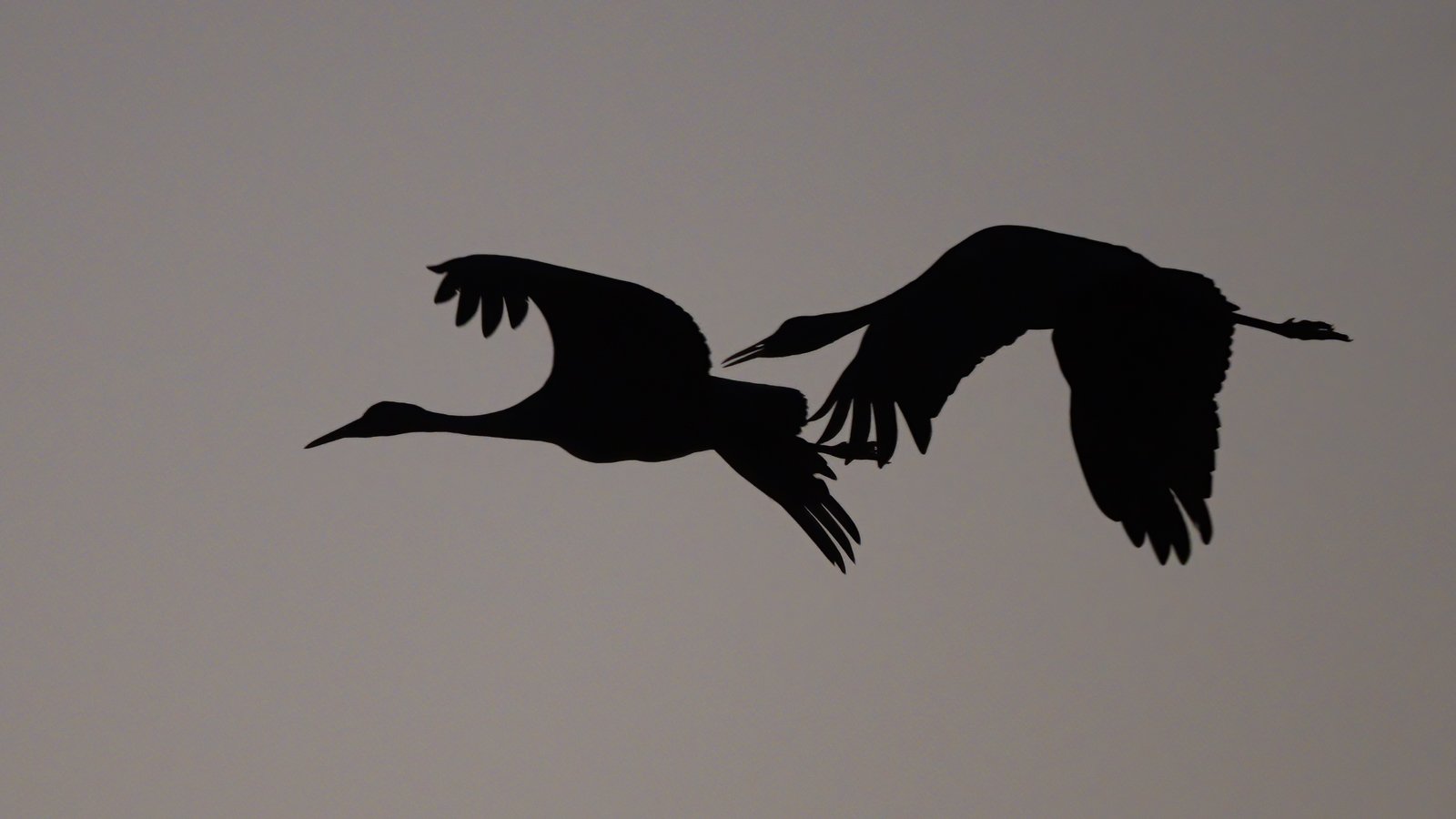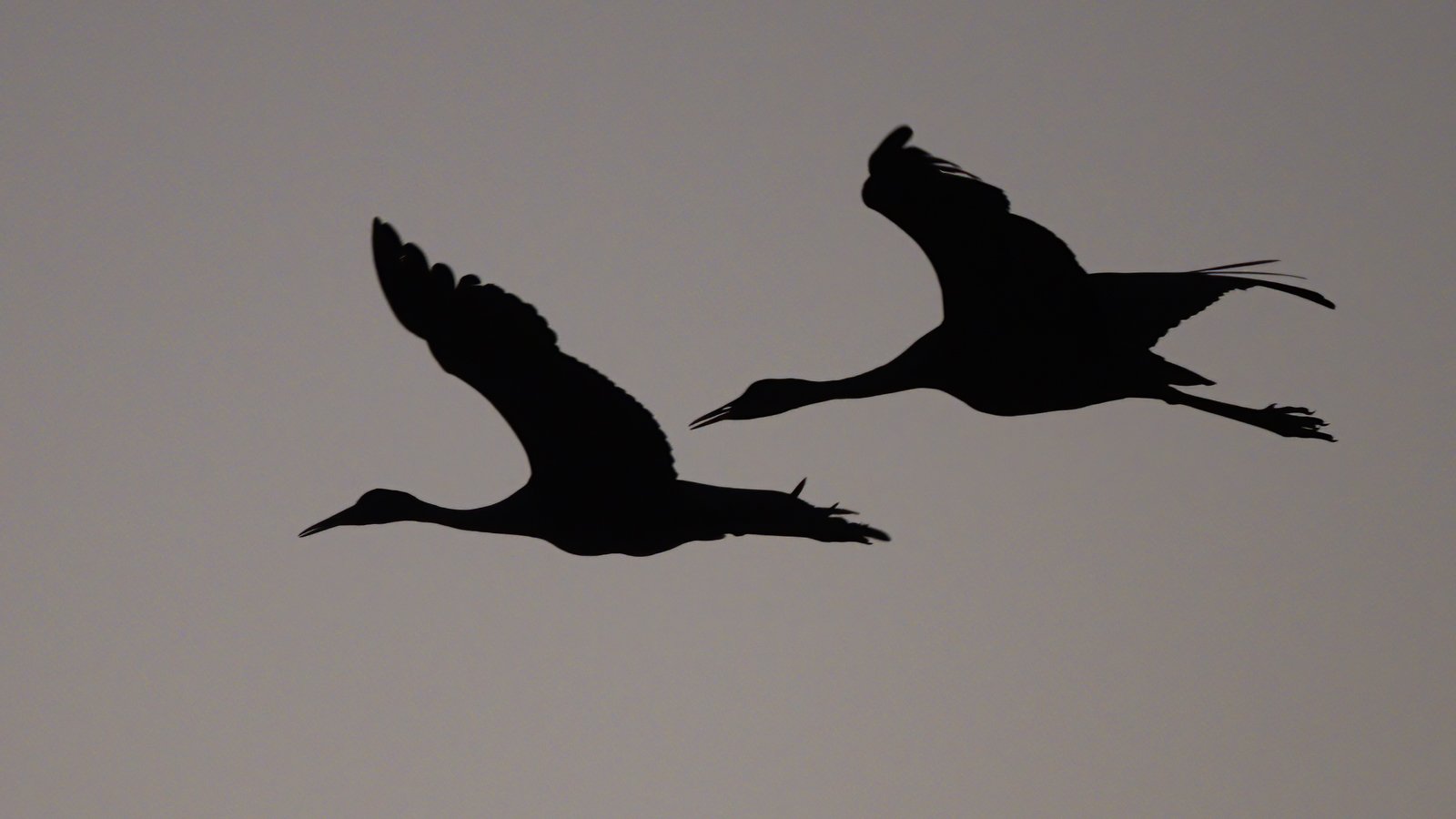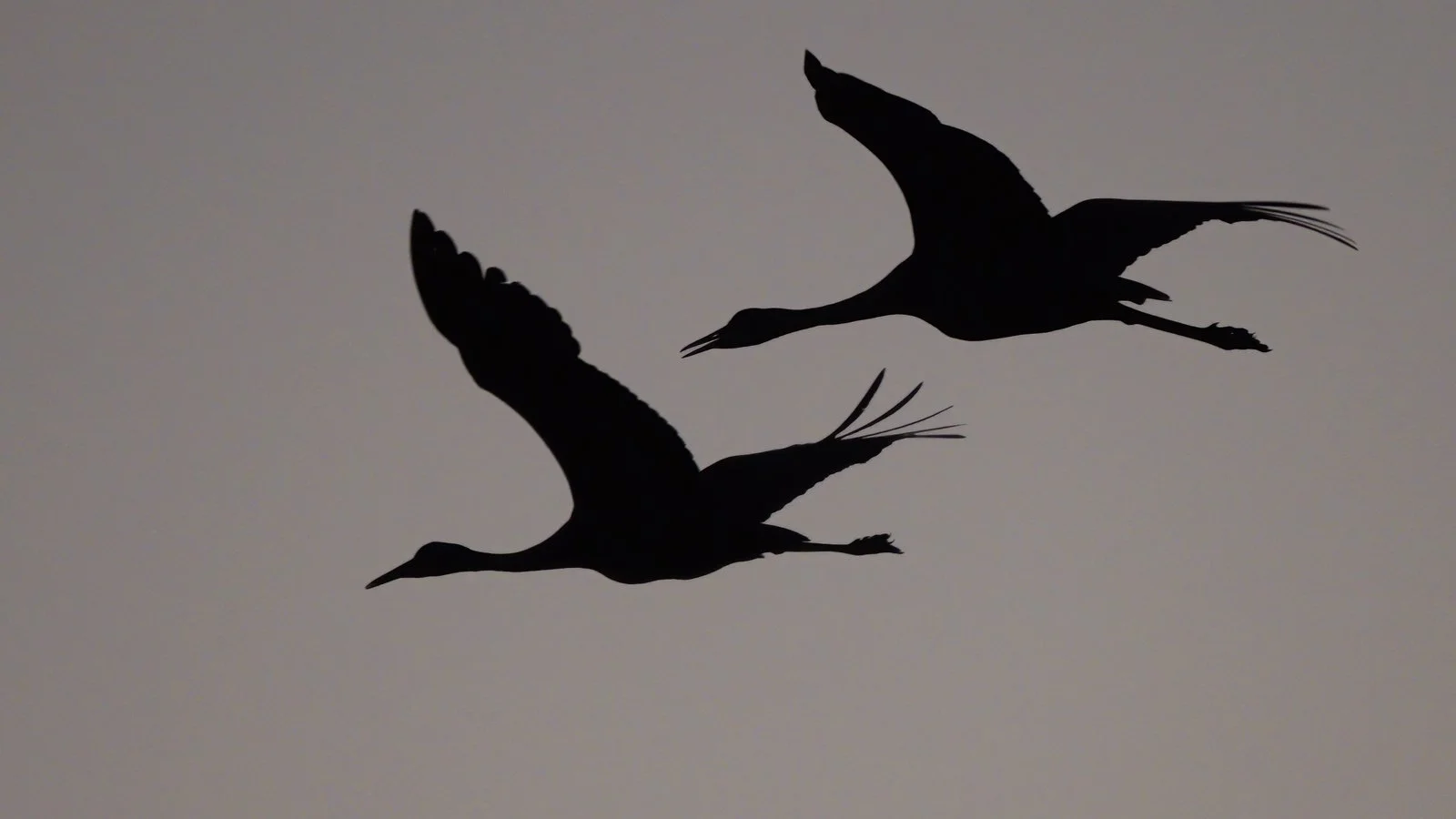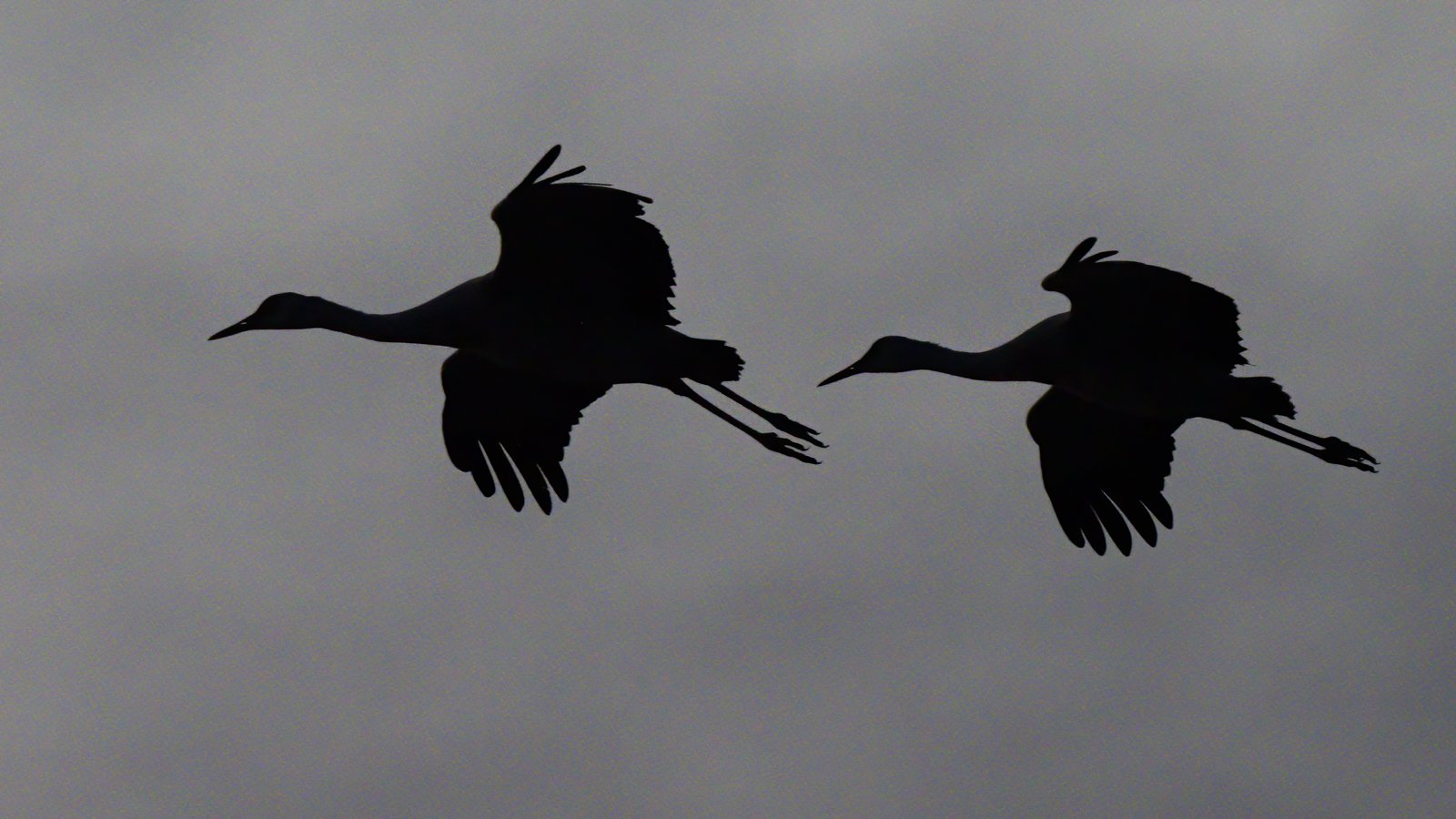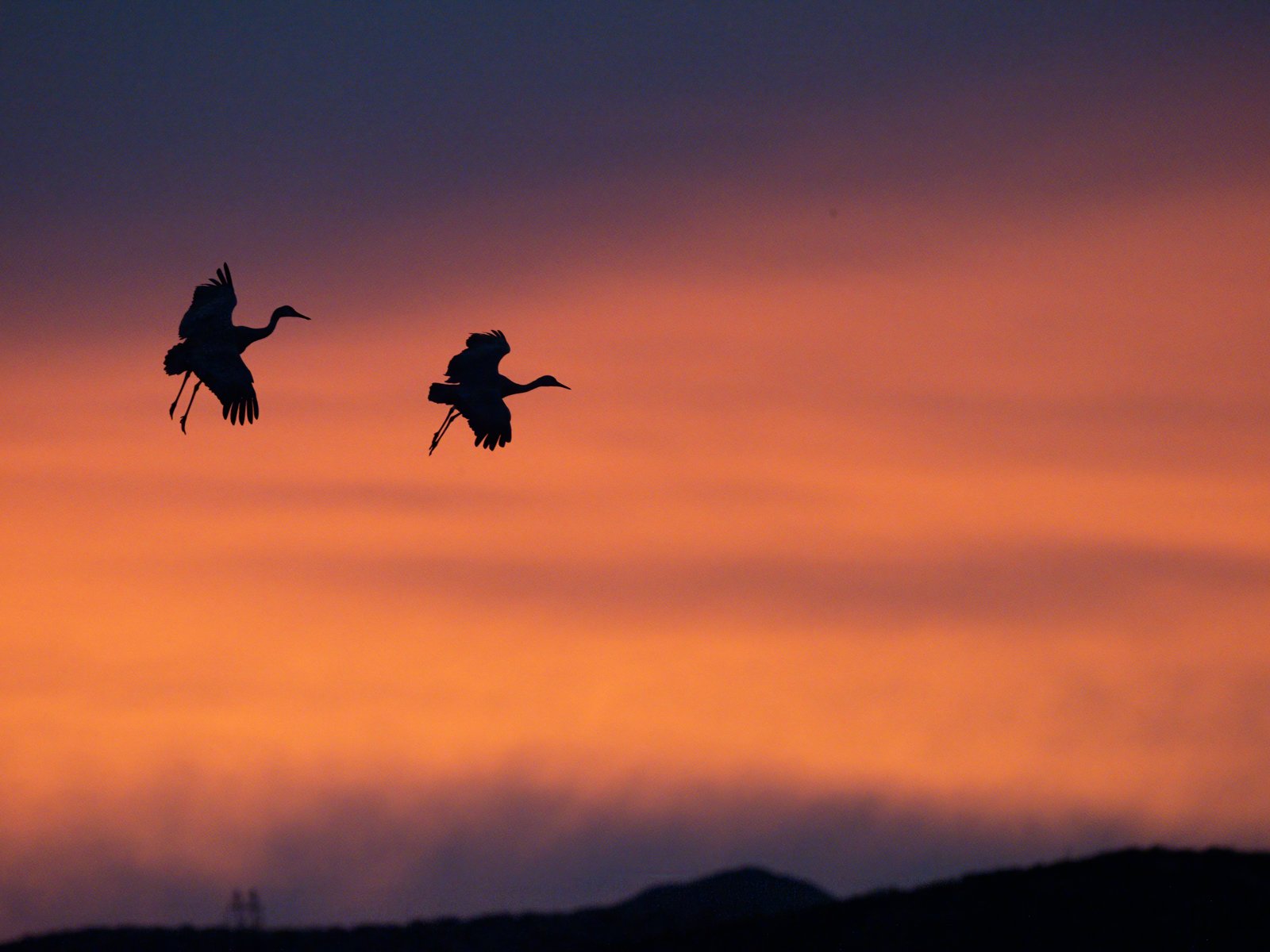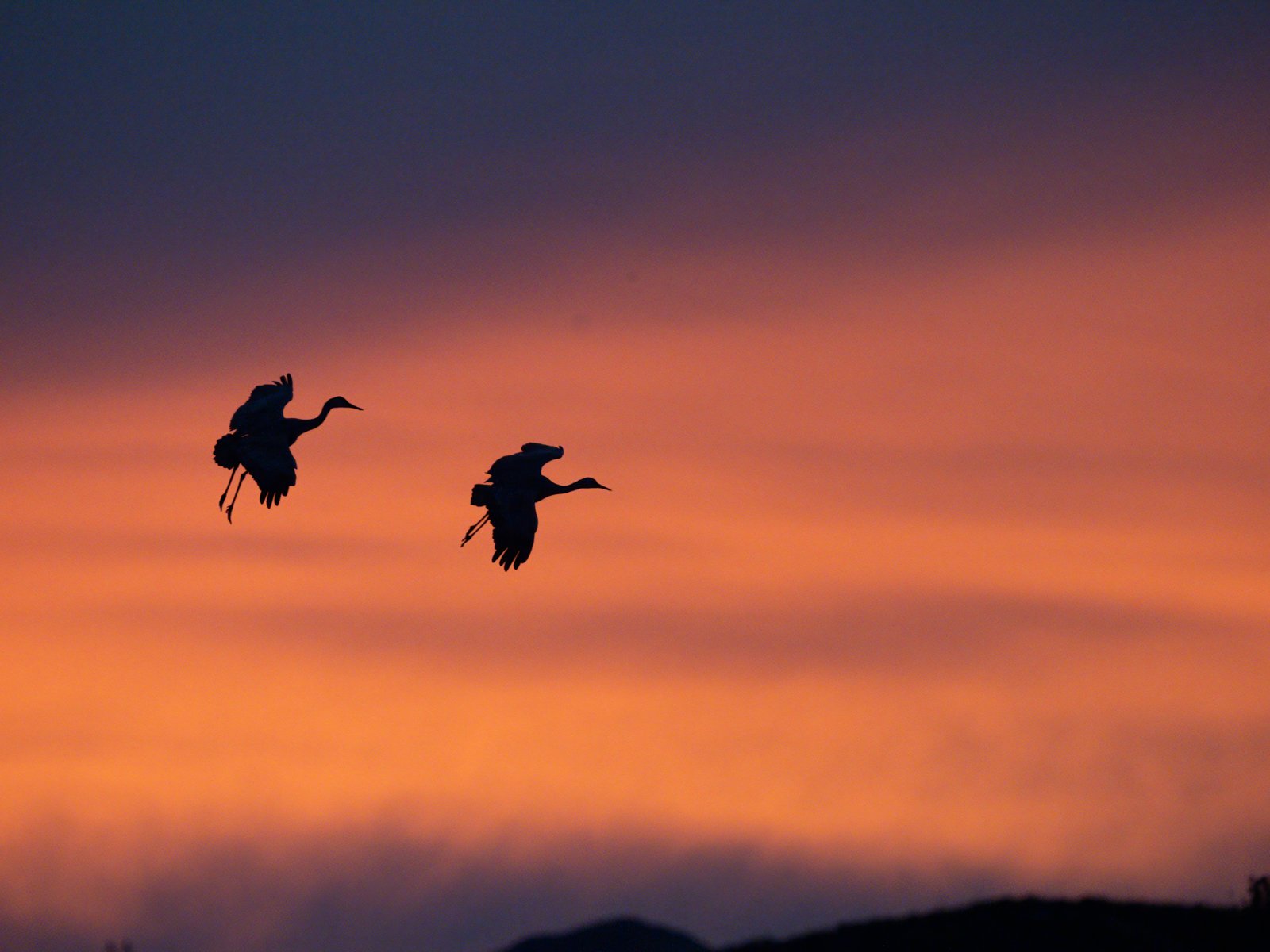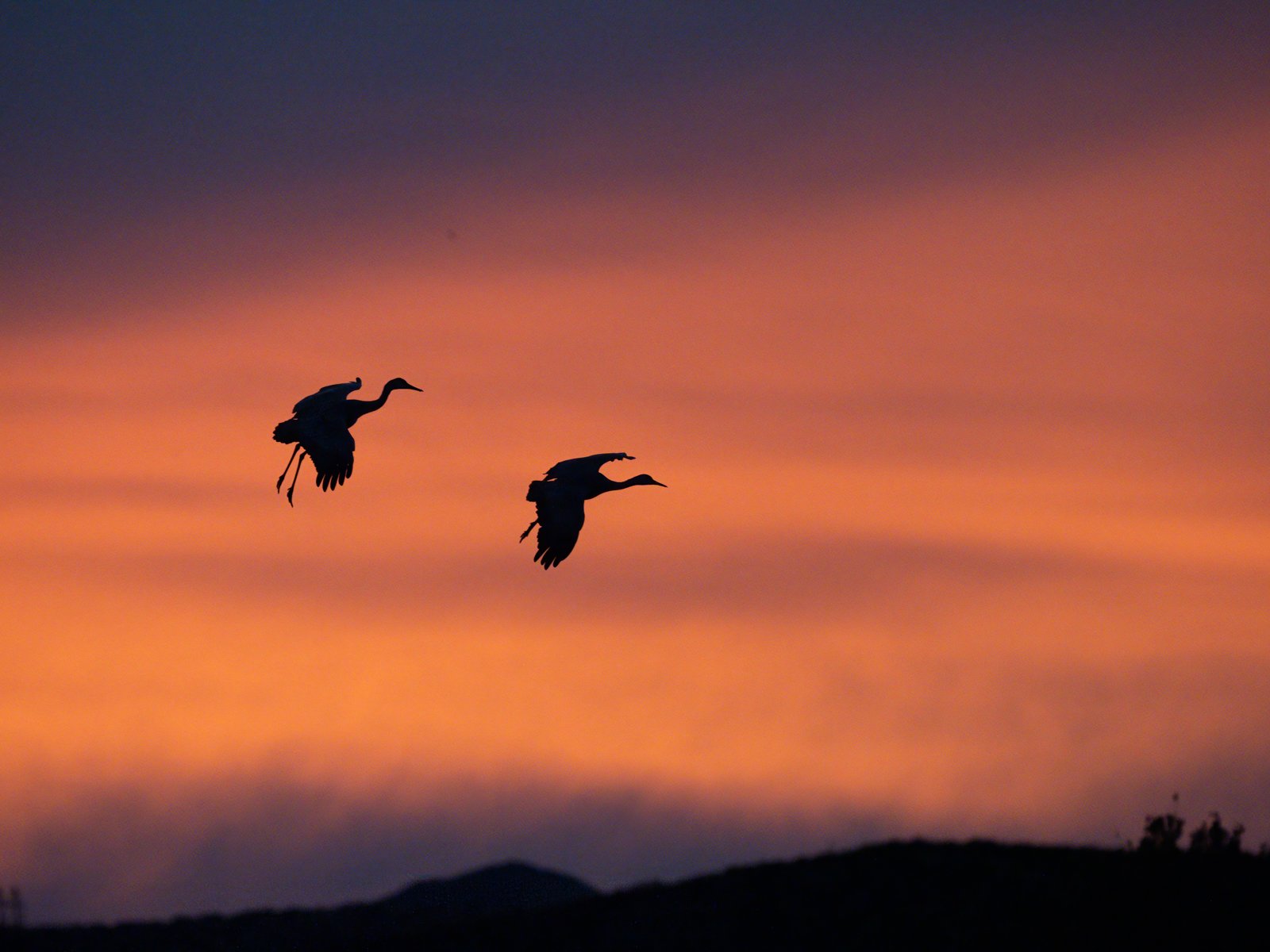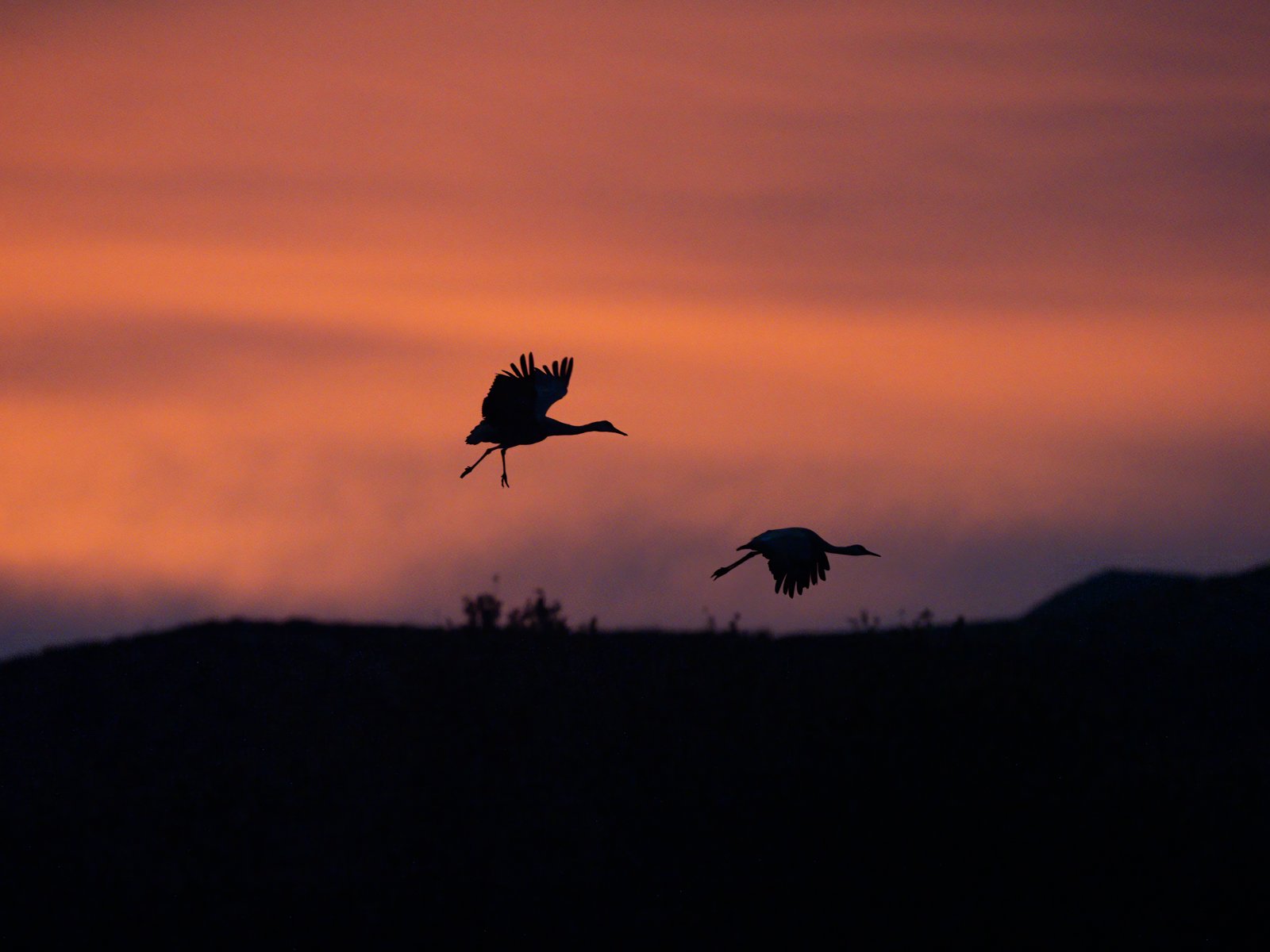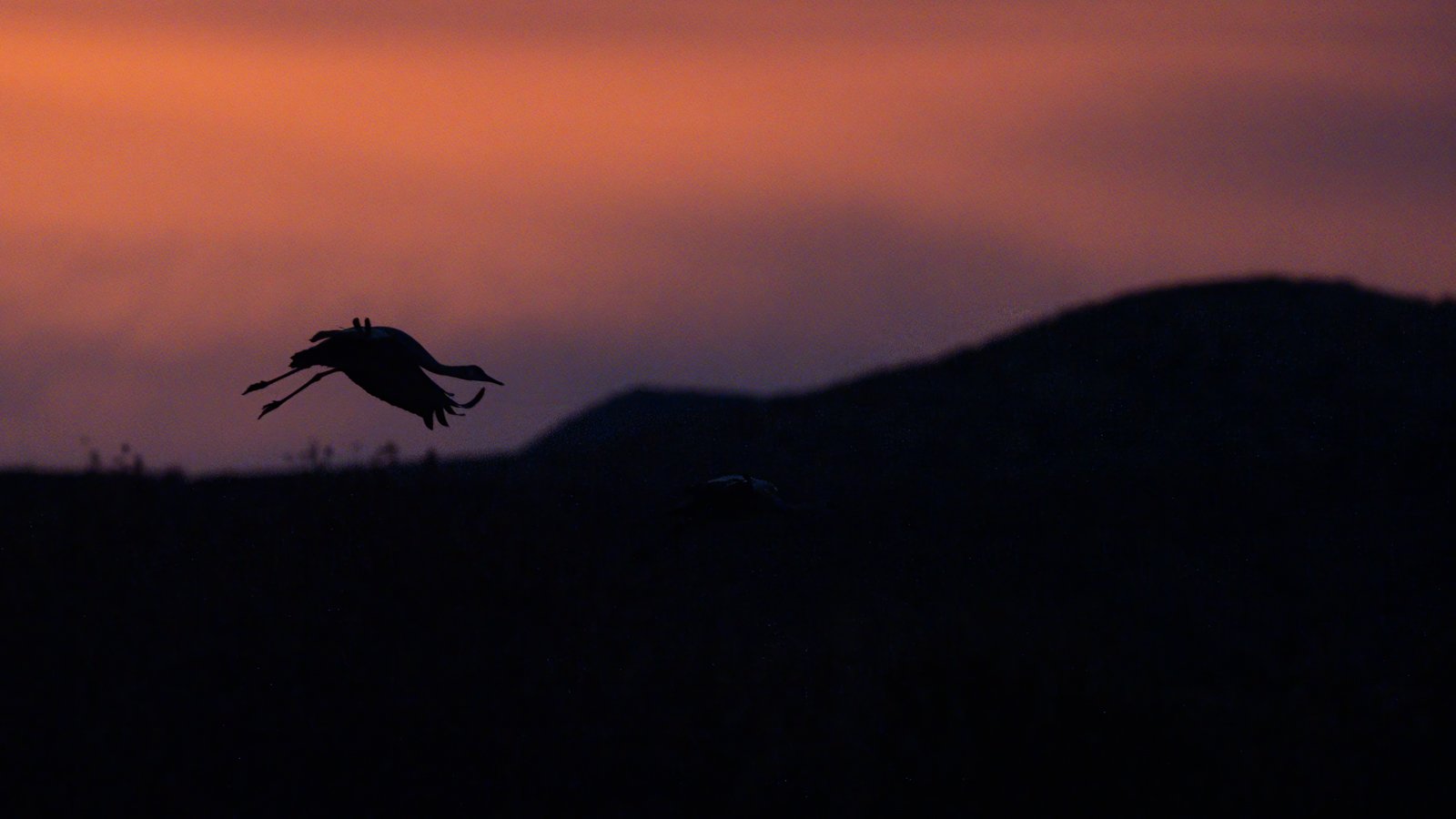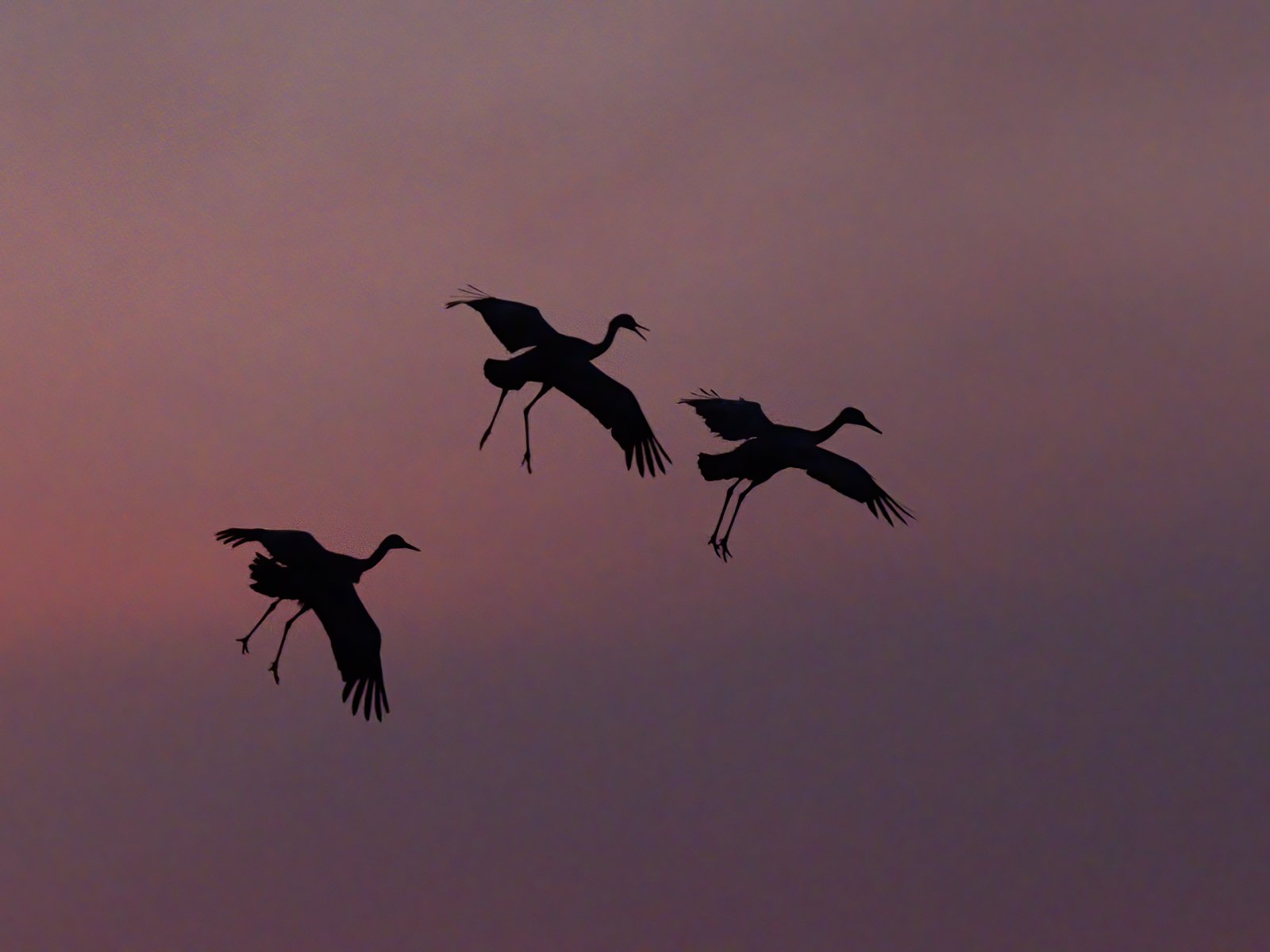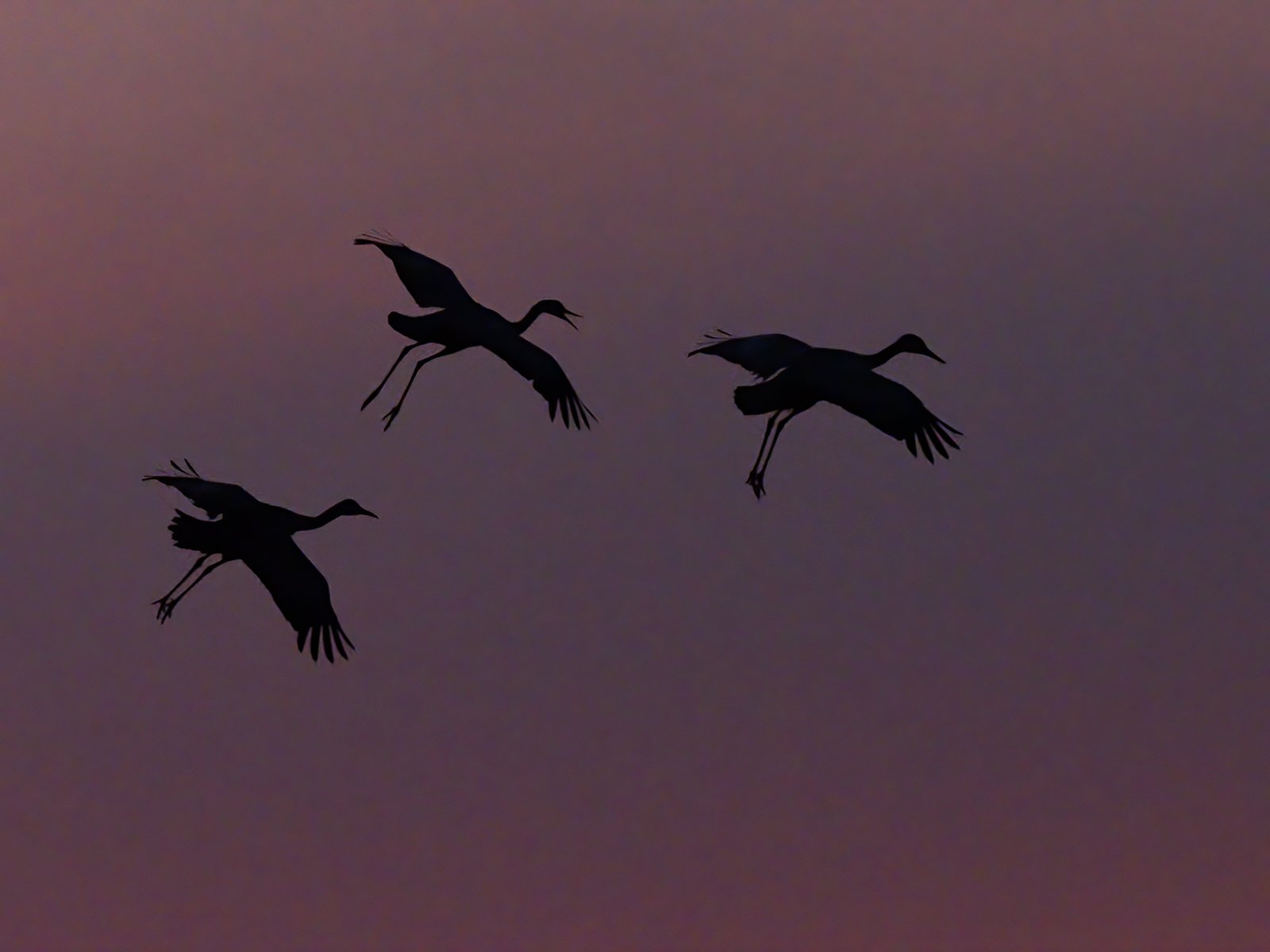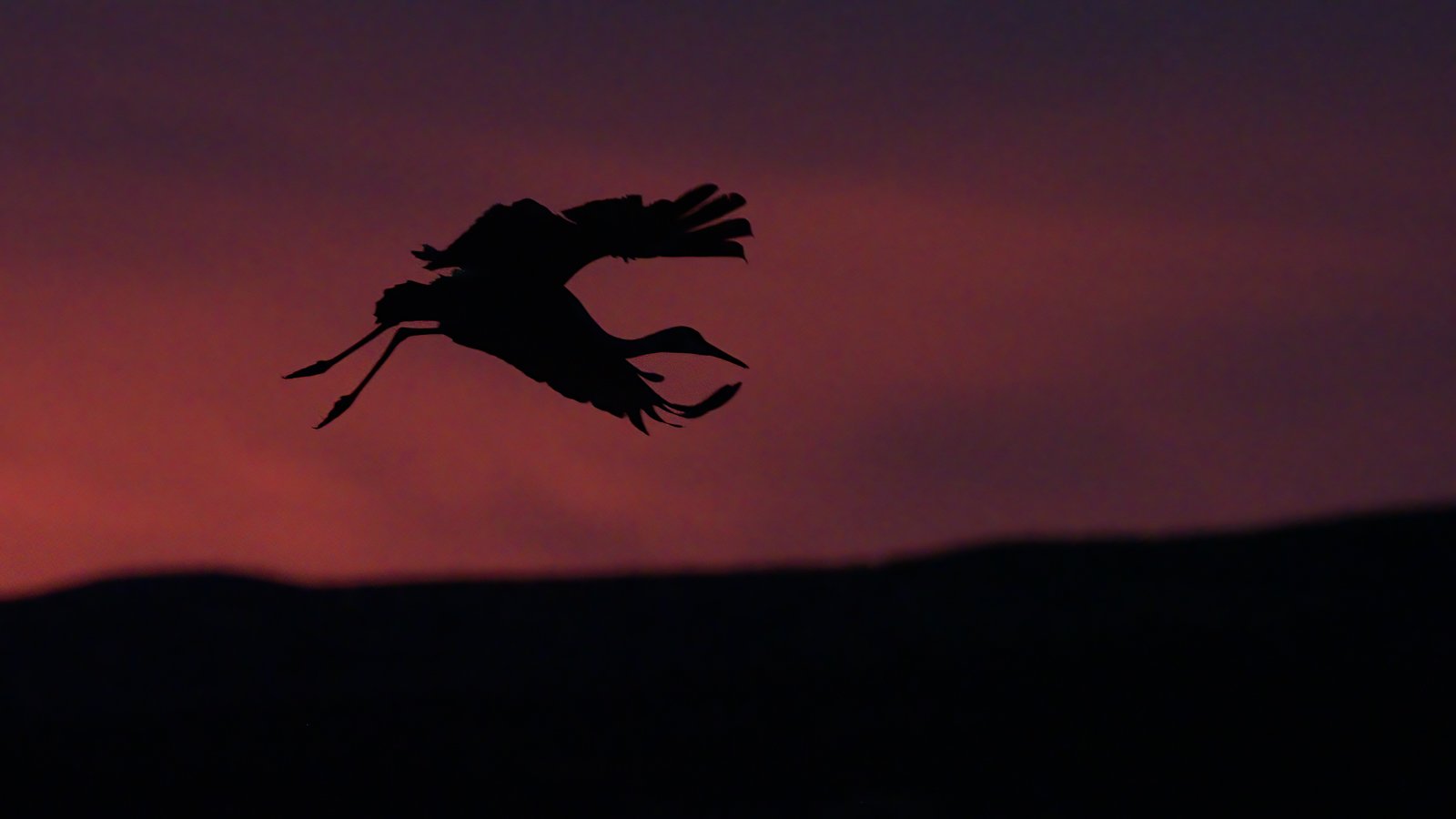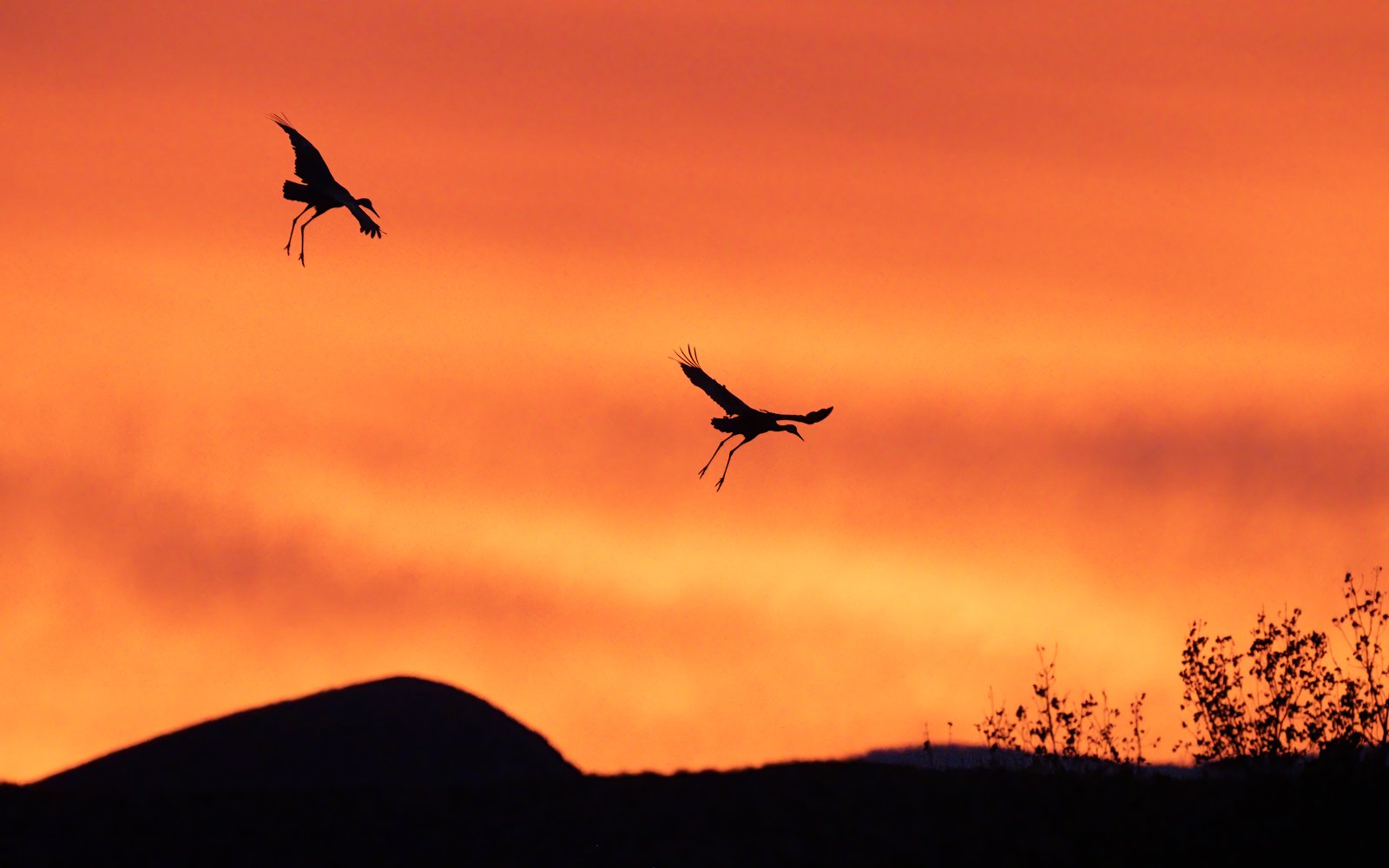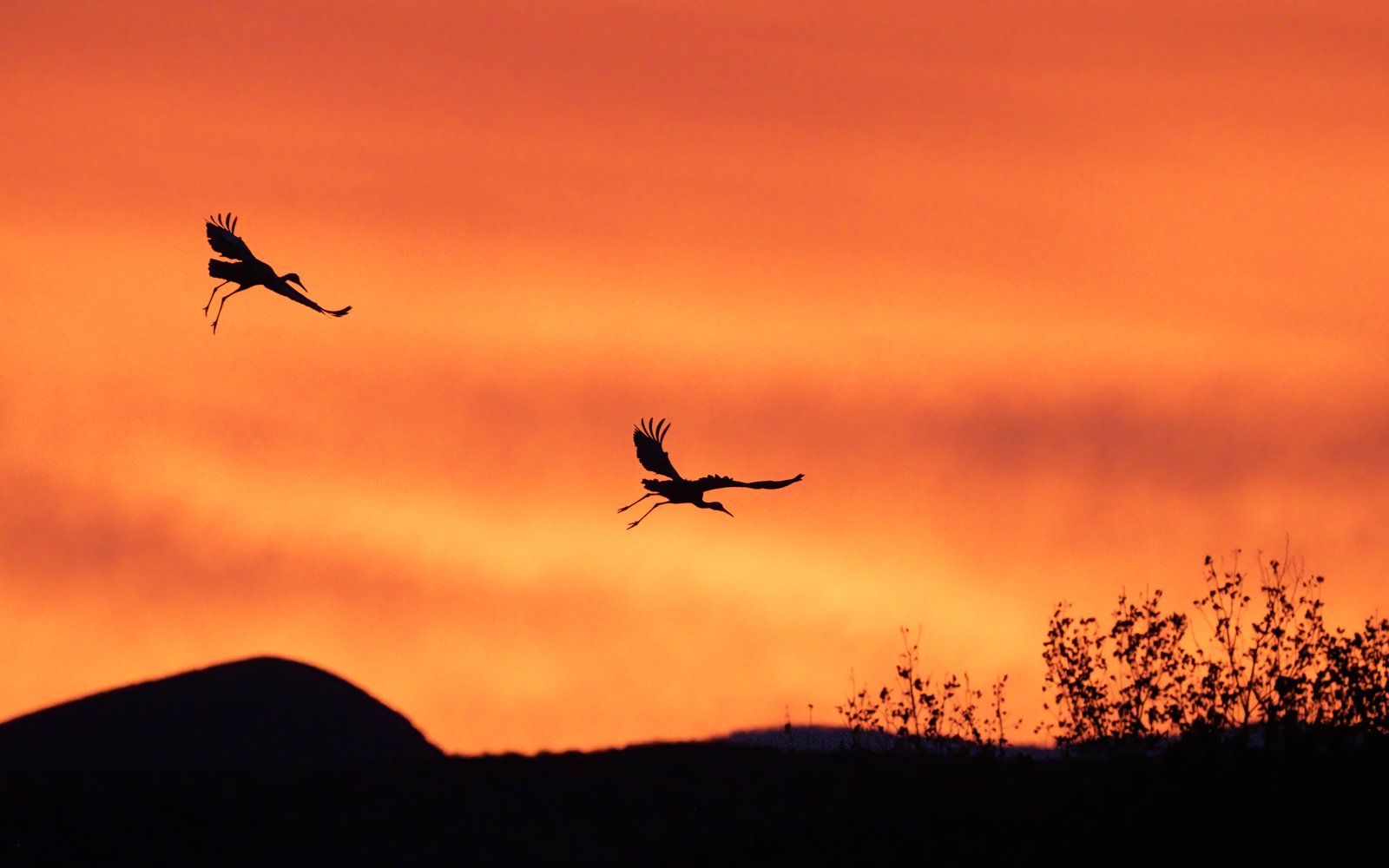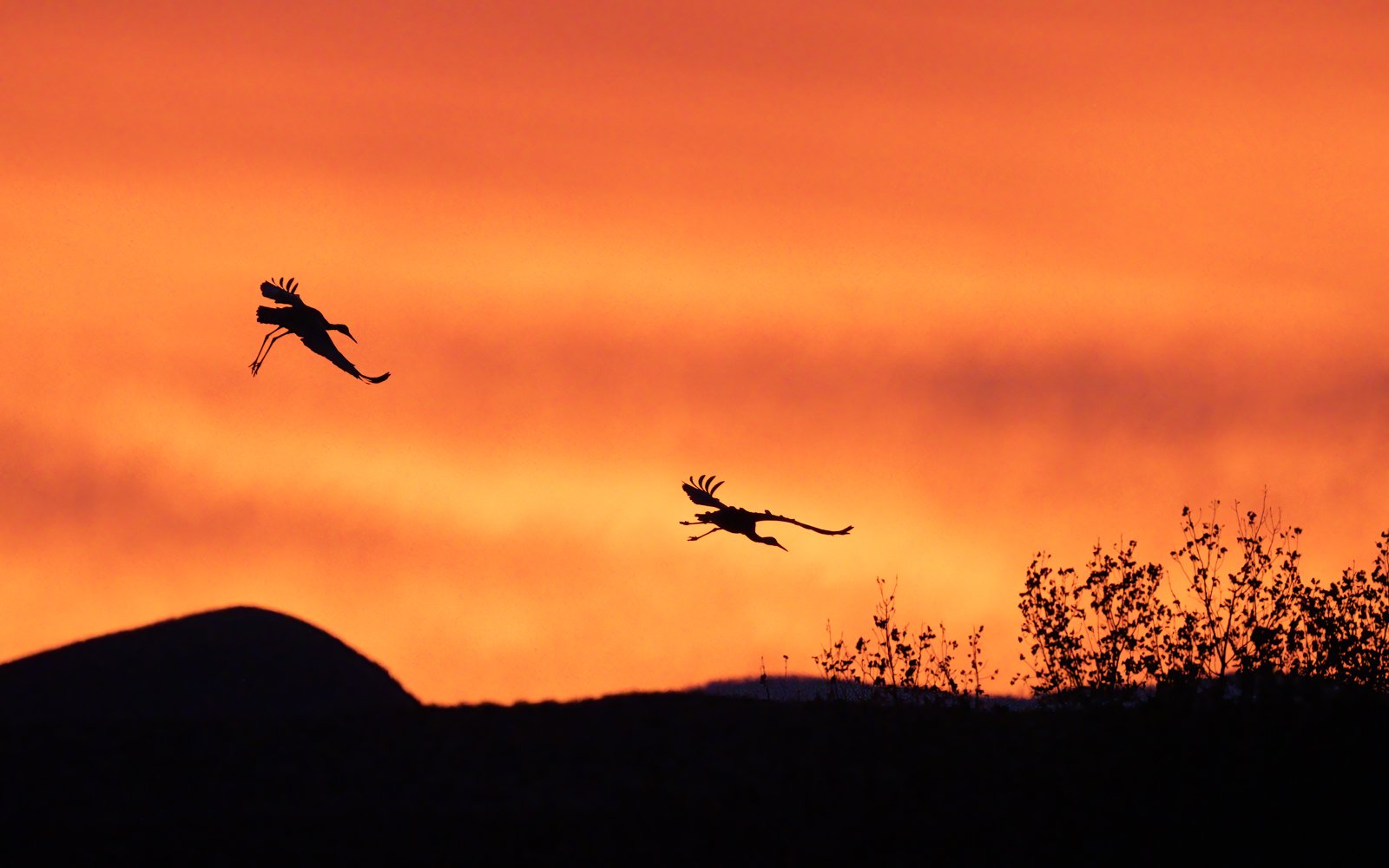Recent photos of Roxborough State Park - Colorado
/A little early for fall colors. Click on the image to see a slightly larger version.
Looking south from the Fountain Valley overlook - September 15, 2022
Olympus OM-1 with 12-100mm f/4 @ 23mm
1/320 sec at f/9, ISO 200
Looking south from the Fountain Valley overlook - September 15, 2022
Olympus OM-1 with 12-100mm f/4 @ 31mm
1/250 sec at f/7.1, ISO 200
Looking north from the Fountain Valley overlook - September 15, 2022
Olympus OM-1 with 12-100mm f/4 @ 57mm
1/320 sec at f/6.3, ISO 200
Looking north from the Fountain Valley overlook - September 15, 2022
Olympus OM-1 with 12-100mm f/4 @ 41mm
1/400 sec at f/7.1, ISO 200
Looking north from the Fountain Valley overlook - September 19, 2022
Olympus OM-1 with 12-100mm f/4 @ 38mm
1/800 sec at f/7.1, ISO 200
Looking north from a more northern point on the trail - September 19, 2022
Olympus OM-1 with 12-100mm f/4 @ 23mm
1/640 sec at f/7.1, ISO 250


